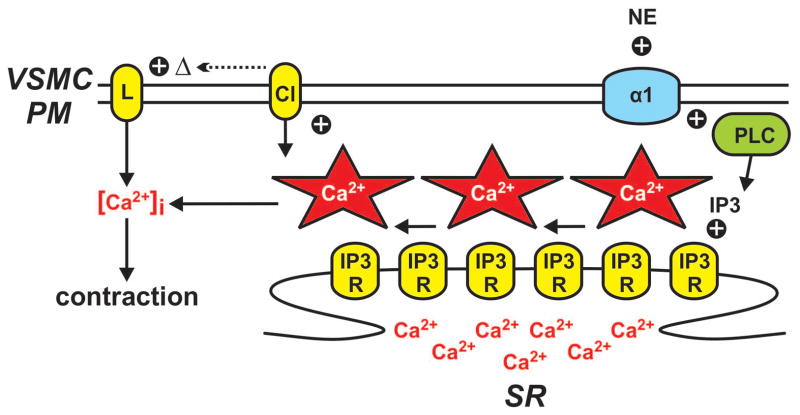Figure 3. Vascular smooth muscle calcium waves.
Norepinephrine (NE)-dependent stimulation of α1 adrenergic receptors (α1R) on the vascular smooth muscle cell plasma membrane (VSMC PM) leads to activation of phospholipase C (PLC) and the production of inositol 1,4,5-trisphosphate (IP3). IP3 in turn promotes the opening of IP3 receptors (IP3R) on the sarcoplasmic reticulum (SR) resulting in a propagating series of Ca2+ release events (i.e., a Ca2+ wave). Ca2+ waves increase contraction directly by elevating global intracellular Ca2+ ([Ca2+]i). Ca2+ waves also modulate contraction indirectly by altering plasma membrane potential (and thus voltage-dependent Ca2+ influx through Cav1.2 L-type Ca2+ channels) by stimulating plasmalemmal Ca2+-activated chloride channels.

